20 Best Innovations in Wrapping Machines You Need to Know
In the rapidly advancing world of packaging technology, the wrapping machine stands out as a critical innovation for enhancing efficiency and ensuring product integrity. According to a report by Smithers Pira, the global market for packaging machinery is projected to grow from $43 billion in 2020 to $63 billion by 2025, with wrapping machines playing a pivotal role in this expansion. These machines are not only essential for protecting goods but also for optimizing production lines, reducing labor costs, and improving sustainability in packaging processes. Businesses across various sectors, from food and beverage to pharmaceuticals, rely on advanced wrapping machine technologies to meet increasing consumer demand and regulatory requirements. This article explores the 20 best innovations in wrapping machines, highlighting their transformative impact on the industry and the efficiency gains they offer to modern manufacturing operations.
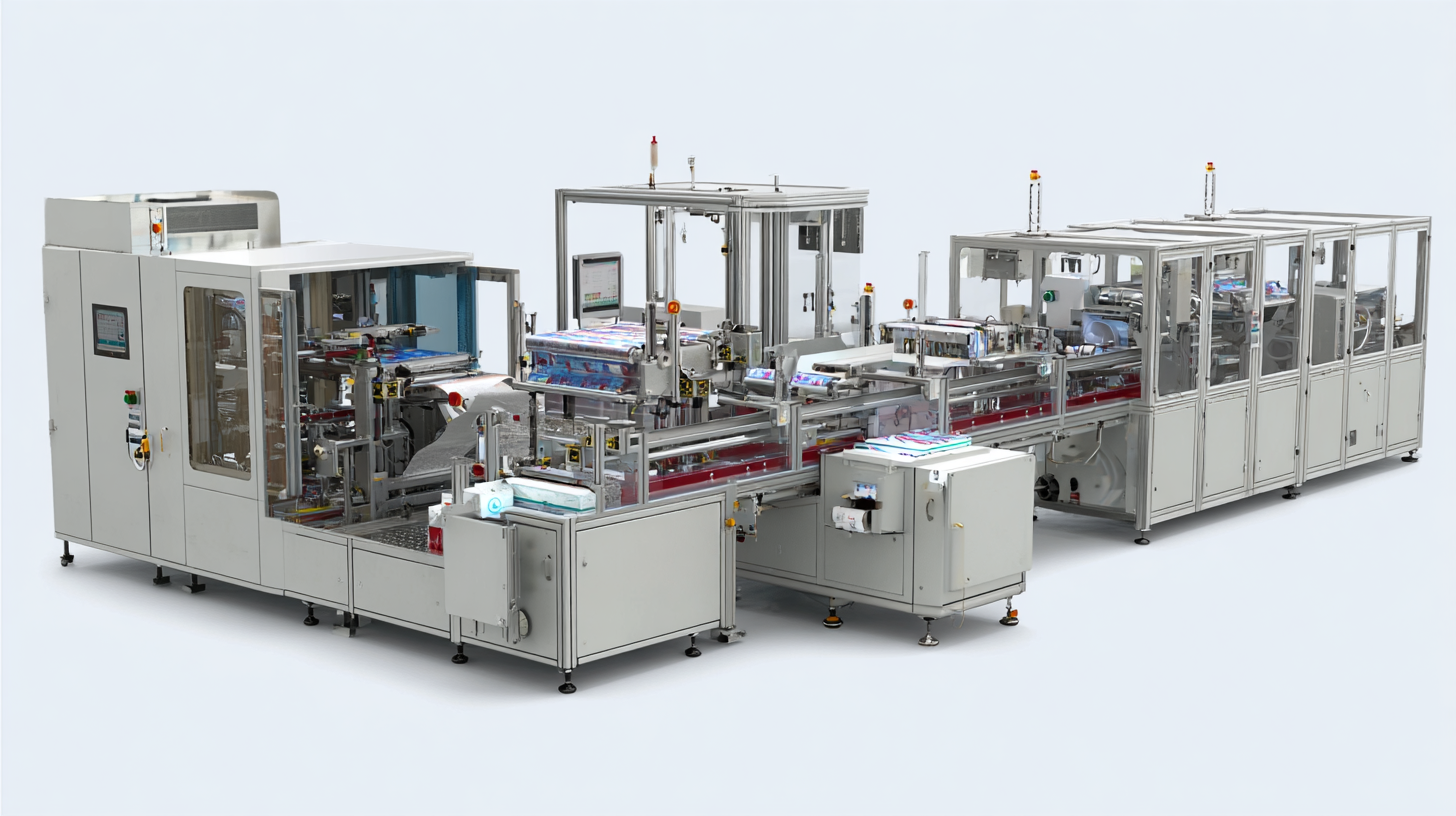
Key Features to Look for in Modern Wrapping Machines
When considering modern wrapping machines, key features play an essential role in enhancing productivity and ensuring package integrity. One significant feature is the machine's automation capabilities. Advanced wrapping machines often come equipped with programmable settings that allow for rapid adjustments to accommodate various package sizes and shapes. This flexibility not only streamlines the wrapping process but also minimizes downtime, as operators can easily switch between different product lines.
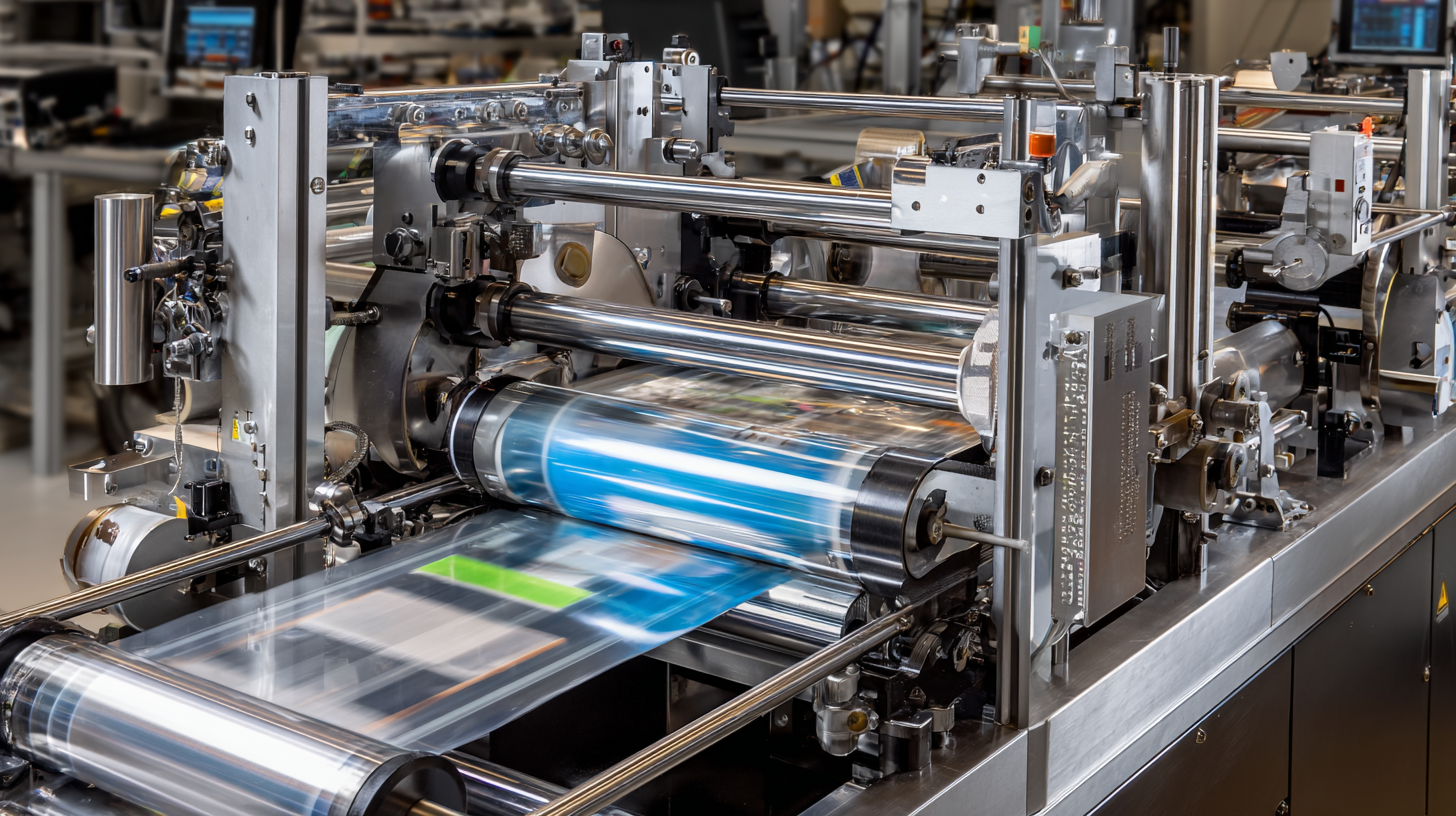
Another critical aspect to look for is the machine's integration with smart technology. Many contemporary wrapping machines are designed with IoT connectivity, enabling real-time monitoring and data collection. This connectivity allows manufacturers to track performance metrics, detect maintenance needs proactively, and ensure optimal efficiency. Additionally, user-friendly interfaces with touchscreens make it easier for operators to manage settings and troubleshoot issues, enhancing overall operational effectiveness. The incorporation of innovative materials that improve wrap strength while reducing waste also contributes to sustainability efforts in packaging processes.
Innovative Technologies Revolutionizing the Wrapping Industry
The wrapping industry is witnessing a remarkable transformation as innovative technologies take center stage. As businesses seek to enhance their packaging processes, advancements in automated solutions are significantly improving efficiency and sustainability. Automated packaging solutions are revolutionizing e-commerce by speeding up the packaging of online orders, addressing the growing demand for eco-friendly practices and cost-effectiveness. Smart machines equipped with advanced sensors and AI are enabling precise and adaptive wrapping processes, ultimately reducing material waste and energy consumption.
Moreover, the smart food packaging sector is another area experiencing significant growth, fueled by the increasing emphasis on food safety and shelf life. The global shift towards smart packaging technologies is allowing for better monitoring of food conditions throughout the supply chain. This innovation not only ensures higher safety standards but also contributes to the sustainability goals by minimizing spoilage and extending shelf life. As these technologies advance, they are set to drive substantial growth within the wrapping machine market, resulting in a more efficient and sustainable future for various sectors, from food to retail.
How Automation is Enhancing Efficiency in Wrapping Solutions
Automation in wrapping solutions is revolutionizing how products are packaged, enhancing efficiency and accuracy in the process. With the introduction of smart wrapping machines, companies can streamline operations, reduce labor costs, and minimize errors. These machines are designed to adapt to various product shapes and sizes, allowing for quick changeovers and increased productivity.
Tips for maximizing the efficiency of wrapping machines include conducting regular maintenance to ensure optimal performance and keeping operators well-trained on the latest technologies. Investing in modular wrapping systems can also provide flexibility, enabling businesses to easily accommodate fluctuating demand without the need for extensive downtime.
Another aspect to consider is the integration of packaging line equipment. By synchronizing wrapping machines with other automated processes, such as labeling and palletizing, companies can create a seamless production flow. This not only speeds up packaging times but also increases consistency in the final product, leading to greater customer satisfaction.
20 Best Innovations in Wrapping Machines You Need to Know - How Automation is Enhancing Efficiency in Wrapping Solutions
| Innovation | Description | Efficiency Gain (%) | Application |
|---|---|---|---|
| Smart Sensors | Integrates sensors for real-time monitoring of wrapping materials. | 20% | Food Packaging |
| Automated Film Cutting | Precision cutting of wrapping film to reduce waste. | 15% | Electronics Packaging |
| Robotic Arms | Enhances packaging speed by automating product placement. | 30% | Consumer Goods |
| AI-Powered Analytics | Analyzes data for optimal wrapping solutions. | 25% | Pharmaceuticals |
| Flexible Wrapping Machines | Versatile machines that adapt to various product shapes. | 35% | Custom Packaging |
| Energy Efficient Motors | Reduces energy consumption during operation. | 40% | Industrial Packaging |
| Seamless Integration with Supply Chains | Integrates with existing supply chain management systems. | 18% | Logistics |
| Easy Maintenance Features | Simplified maintenance protocols extending machine life. | 22% | Food Production |
| User-Friendly Touchscreen Interfaces | Intuitive controls that reduce training time. | 10% | Retail Packaging |
| Predictive Maintenance | Uses data to predict equipment failures before they happen. | 20% | All Industries |
Top Eco-Friendly Materials Used in Advanced Wrapping Machines
As the demand for sustainable packaging solutions grows, many wrapping machines are now designed to utilize eco-friendly materials. These advanced machines often incorporate biodegradable films made from plant-based sources, such as cornstarch or sugarcane. Such materials break down naturally over time, significantly reducing environmental impact compared to traditional plastic alternatives. The integration of these biodegradable films not only enhances the sustainability of packaging but also meets the increasing consumer preference for greener choices.
Moreover, innovations in wrapping machines have led to the development of recyclable and compostable materials, which are essential for maintaining a circular economy. Many manufacturers now utilize kraft paper and other recycled materials that can be easily reprocessed. This not only minimizes waste but also promotes the responsible use of resources. Additionally, advancements in technology allow for the precise application and sealing of these eco-friendly materials, ensuring that products are well-protected without compromising on environmental integrity. These innovations position companies to lead in the sustainable packaging movement while appealing to eco-conscious consumers.
User-Friendly Designs: Making Wrapping Machines Accessible for All
User-friendly designs in wrapping machines have revolutionized the packaging industry, making it easier for operators of all skill levels to utilize these essential tools. Innovations such as intuitive touch-screen interfaces and simplified control panels have significantly reduced the learning curve, allowing new users to get up to speed quickly. These advancements ensure that businesses can maintain efficiency and productivity while minimizing the risk of operator error.
Moreover, ergonomic design is increasingly emphasized in modern wrapping machines. Features like adjustable height, easy-to-reach controls, and lightweight materials contribute to a more comfortable working environment, enabling operators to work longer without fatigue. This focus on user accessibility not only enhances performance but also makes it possible for a wider demographic, including individuals with disabilities, to engage in packaging tasks. As a result, the wrapping machine industry is becoming more inclusive, fostering a diverse workforce that is essential for innovation and success.
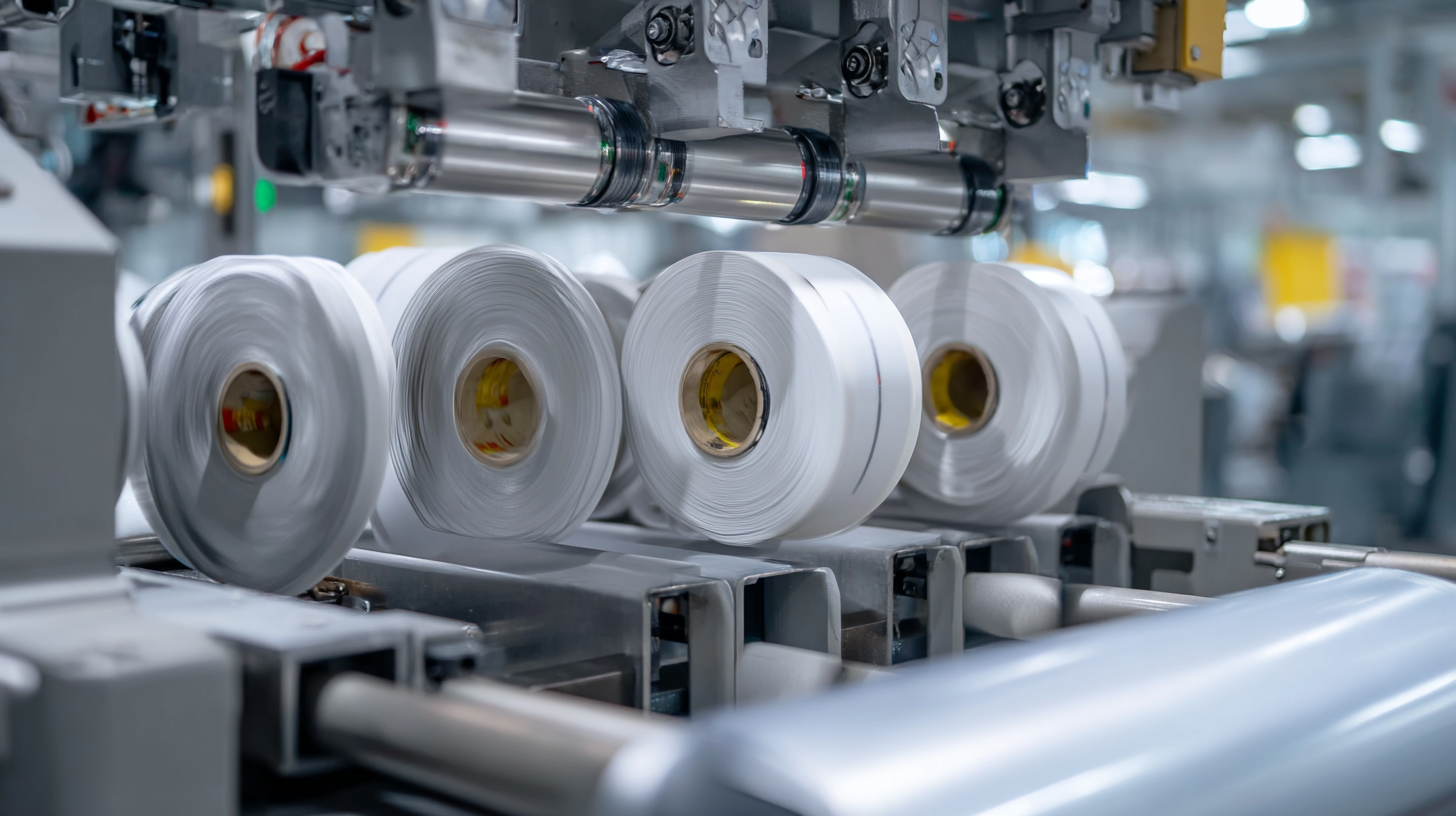
Related Posts
-

The Ultimate Guide to Comparing Packaging Automation Solutions for Global Buyers
-
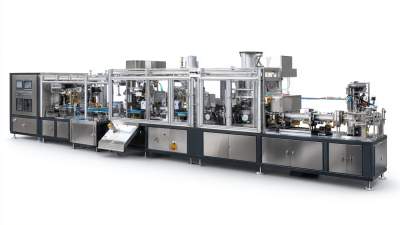
5 Best Horizontal Form Fill Seal Machines for Your Packaging Needs
-

Exploring the Versatility of Pharmaceutical Filling Machines Across Industries
-
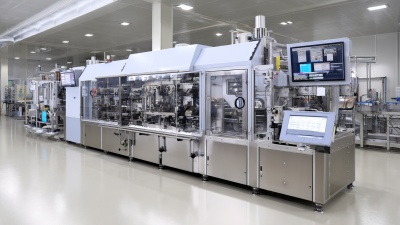
How to Optimize Your Production Line Using Stick Pack Machines for Maximum Efficiency
-

Unlocking Efficiency and Profitability with Powder Packaging Machines for Global Suppliers
-

7 Unique Benefits of Using a Pharmaceutical Filling Machine for Your Production流程
